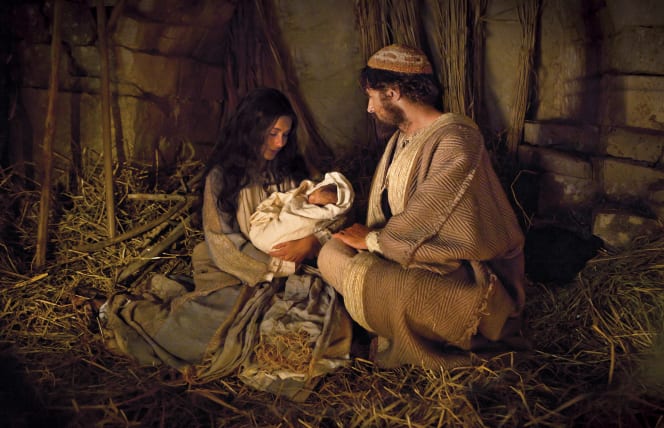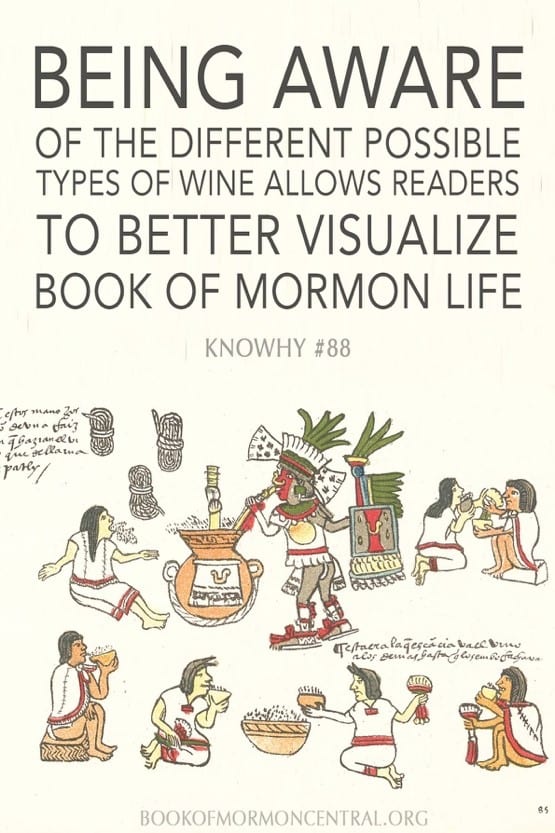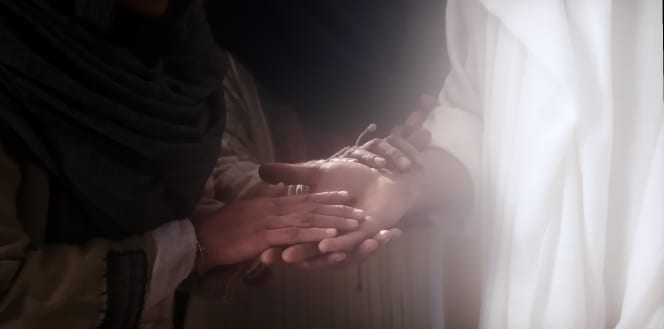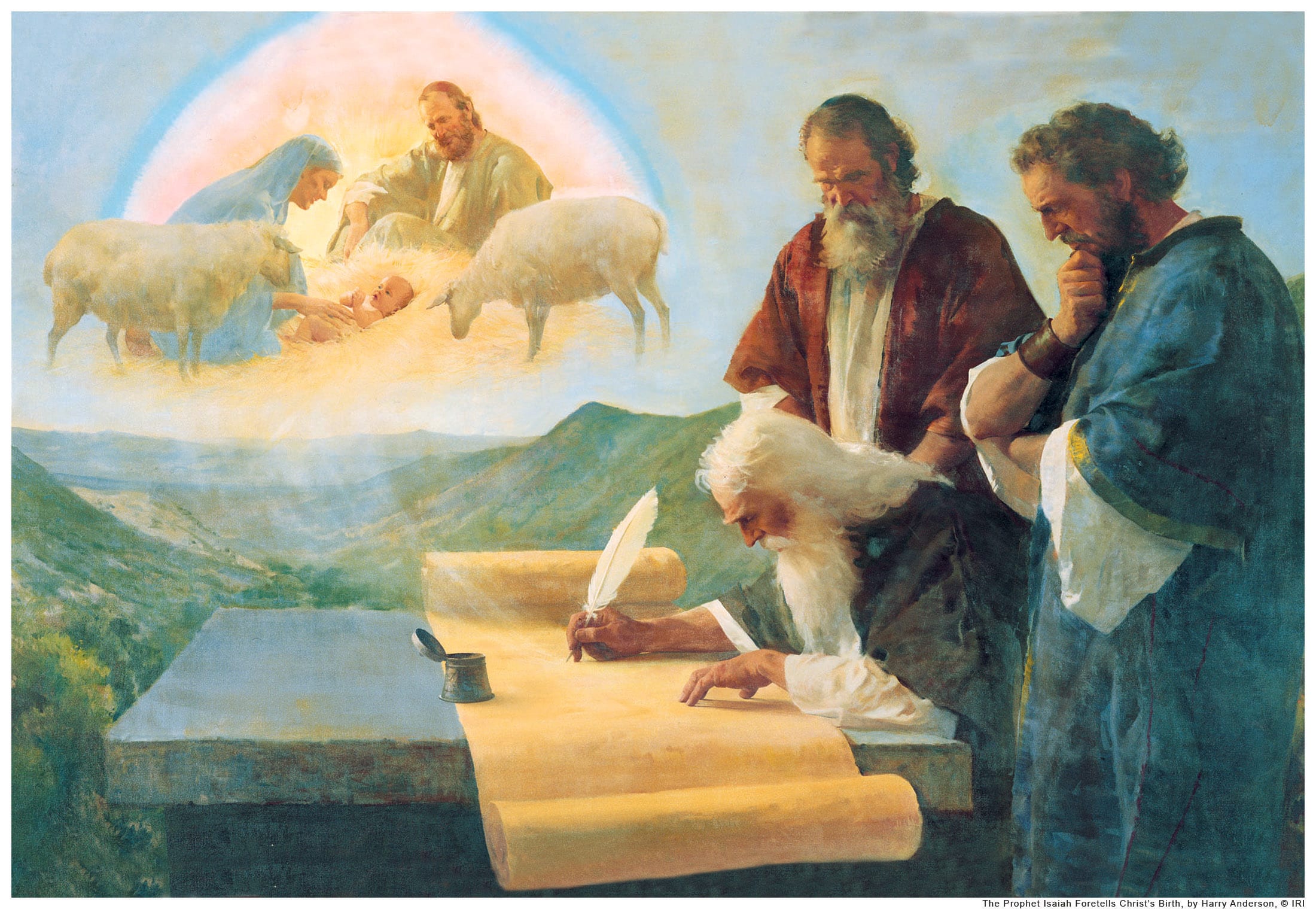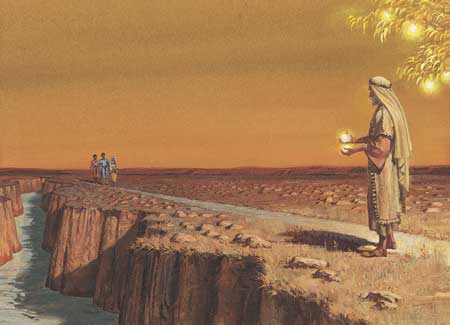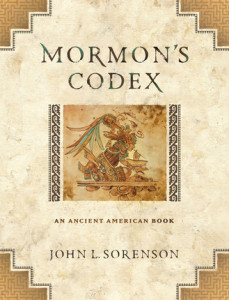Podcast: Download (22.4MB)
Subscribe: RSS
[A review of the book can be found here.]
Tad R. Callister is author of the book “A Case For The Book of Mormon. Tad Callister received a bachelor of science degree in accounting from Brigham Young University, a Juris Doctorate degree from the University of California–Los Angeles, and a master’s degree in tax law from New York University Law School. He spent most of his professional career practicing tax law. He and his wife Kathryn Saporiti are the parents of six children.
Brother Callister was serving in the Presidency of the Seventy and as a member of the Second Quorum of the Seventy when he was called as the 21st Sunday School general president of The Church of Jesus Christ of Latter-day Saints. He has served in a number of Church callings including full-time missionary in the Eastern Atlantic States Mission, bishop, stake president, regional representative, mission president, and Area Seventy.
Brother Callister was released as Sunday School General President in the April 2019 General Conference where he gave his 6th and possibly last General Conference talk. 1/3 of his General Conference talks were about our subject on this podcast episode, The Book of Mormon. He is the author of the book “A Case For The Book of Mormon”, published by Deseret Book. He is scheduled to speak at the 2019 FairMormon Conference in August. This Podcast Episode is published from the Latter-day Saint MissionCast podcast with Nick Galieti.
